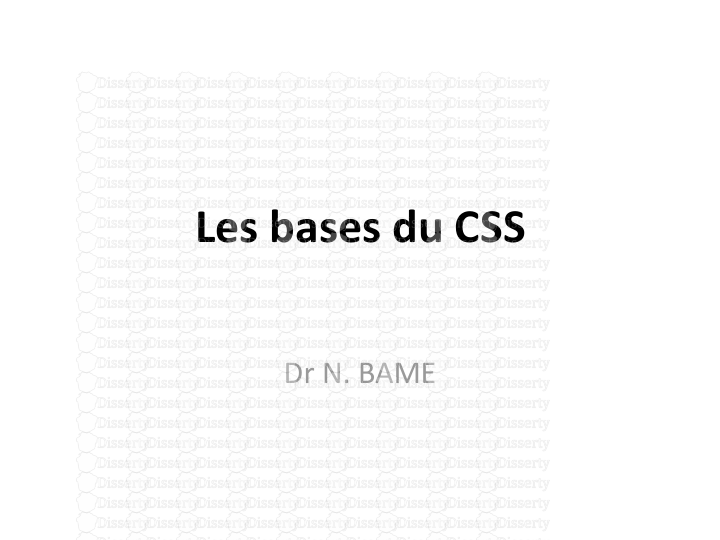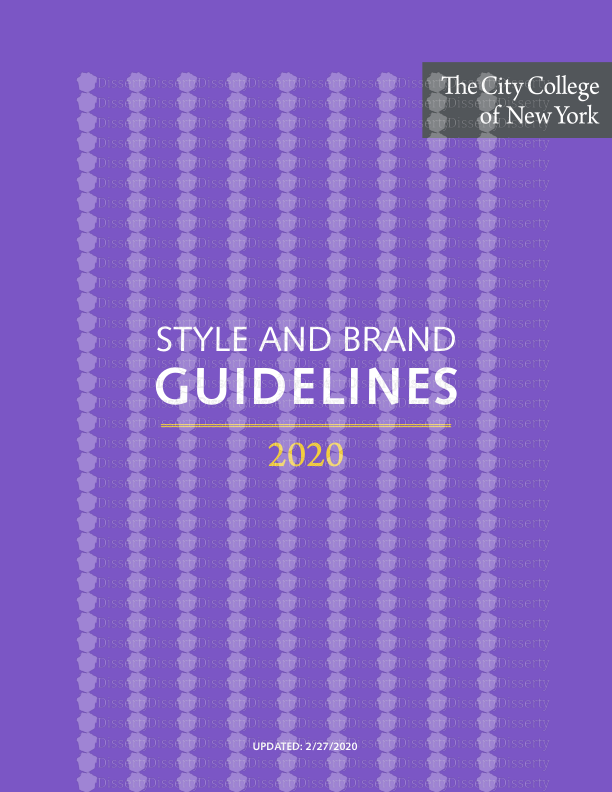This leaflet is available in other formats on request. August 2016 What is Plag
This leaflet is available in other formats on request. August 2016 What is Plagiarism? Plagiarism is using someone else’s words or ideas without properly acknowledging them – presenting someone else’s ideas as your own. It is a serious academic offence and could lead to work being disregarded or action being taken by the University. Plagiarism can be deliberate or inadvertent and even if you reference an author but your words are considered too close to the original work you can be accused of plagiarism. So, it is very important that you take steps to avoid plagiarism and learn to reference correctly. Quick guide to Referencing and Plagiarism To be more specific Plagiarism means: Copying information from any source without acknowledgement (web, book, magazines, journals, papers). Writing about someone else’s ideas as if they were your own. Writing about someone else’s ideas without giving a reference. Using someone else’s words exactly without indicating that it is a direct quote and including the reference. Using more or less the same words as another writer even if you acknowledge their work. Copying another student’s work or letting another student copy from you. Submitting work written for you by another person. Downloading chunks of text from the Internet and putting them together to form an essay. What are the rules? To access the regulations and procedures that apply to cheating and plagiarism and other forms of academic misconduct see Assessment Documentation for Students (Northumbria University, 2012). Avoiding plagiarism Get into the habit of taking down full references when making notes so you know where the ideas have come from. Don’t forget to make a note of the URL and date accessed for any web based information. Do not copy word for word when making notes. Try reading a paragraph at a time and then summarising the main points using your own words. This is an alternative way of referring to an author's ideas and is called paraphrasing. For more help and advice on how to write effective notes see the Note making guide on Northumbria Skills Plus. If you want to use a quote, copy it in a different colour so that you can identify it easily. This will also make it obvious how much you have copied. Reference sources as you are writing your assignment so that it becomes second nature. Detecting plagiarism TurnitinUK – TurnitinUK is a web based system that provides comprehensive checking of submitted work, matching text from web pages, electronic journals and previously submitted student work. Northumbria University has a site licence for TurnitinUK and uses the software to compare assignments submitted to its database. Ask your tutor if your assignment can be submitted via Turnitin. For help with Turnitin have a look at the materials that are available on Northumbria Skills Plus. When using quotes remember Copy the words and punctuation exactly. Use three dots in parentheses (...) if you omit words from the quote. Always use quotation marks. Always include a reference for the quote with the relevant page number. This leaflet is available in other formats on request. August 2016 You need to reference the following types of information (Copyright © 2007 RMIT University, Learning and Teaching Unit) *Common knowledge – This is a term that is used to describe facts that cannot be attributed to a particular author. An example of what is considered to be common knowledge would be; London is the capital of England. You do not need to reference facts such as this. Thoughts, ideas, definitions or theories Research and other studies Statistics Information from the Internet, including images and media Designs or works of art Facts that are not common knowledge * What is Referencing? Referencing is providing information on the sources you have used. You should provide enough information so that anyone reading your work can quickly and easily find the sources you have used. You need to reference your sources in the text of your assignment; this is called an in-text citation and gives brief details of the work you are referring to. This citation will then link to the full reference provided in a reference list at the end of your assignment. Why Reference? There are a variety of reasons why you should reference but the basic rationale can be summed up in the following points: To enable anyone reading your work to trace the sources you have used. To ensure that you avoid plagiarism by acknowledging any sources you have used. It is important to always keep these two key criteria in mind when referencing. Referencing styles There are many different referencing styles in use at Northumbria University, Harvard as in Cite them Right, APA and numbered to name but a few. You are advised to check with your academic staff for their preferred method. For more detailed information consult the appropriate style manuals listed at the end of this guide. Common referencing terminology Bibliography A full listing of all material consulted in your research, including any material that you have used for background reading but have not directly cited in the main essay text. It is written in the same format as your reference list. In-text citation A reference made in the text to a source of information (e.g. a journal article, book etc.). This can be in the form of a direct quotation, a summary or paraphrase of the original text. In a Name (Date) style of referencing such as Harvard or APA then your citation uses the form: Name(s) of author(s) or organisation(s), followed by the year of publication (in brackets) for example: Smith’s (2011) results were unexpected… If you are quoting directly from a specific page or pages of a work then you must provide the page number(s). Direct (word for word) quotations are usually set in either single or double quotation marks. . In a numbered style of referencing the in-text citations appear as numbers, either consecutive with a different number for each reference or recurrent where if a source is mentioned more than once the same number can be used for the citation. In order to avoid plagiarism you will need to learn how to reference correctly. For further help have a look at the Referencing and plagiarism section on Northumbria Skills Plus or consult your faculty for your referencing style guidelines. This leaflet is available in other formats on request. August 2016 Paraphrasing Expressing someone else’s ideas in your own words without changing the original meaning. . Quotations Using exact words, phrases and sentences from a source. . Reference list An organised listing of the materials you have made direct reference to within your essay text. It can be organised alphabetically by author/originator name or numerically (depending on referencing style used) and placed at the end of the document. . Secondary referencing It is not always possible to read the original source when doing your research. If you can’t read the original source, only what another author has written about it, then give it a secondary reference. Remember, you are relying on the author you are reading giving an accurate representation of the original work – this may not always be the case. You must be clear in your text that you have not read the original source and are referring to it from a secondary source. For example, in the Harvard style, you could say: You have not read Ella Ruth Boyce so you will not cite it in your reference list. In the 1930s, Ella Ruth Boyce described education as… (Boyce, 1930 cited in Santer, Griffiths and Goodall 2007, p.8) You have read Santer, Griffiths and Goodall so you will cite it in your reference list. Santer, J., Griffiths, C. and Goodall, D. (2007) Free play in early childhood: a literature review. London: National Children’s Bureau. Summarising Providing a brief account of someone else’s work, concentrating on the main points and omitting the details. Bibliographic Software: EndNote EndNote is a bibliographic software package that can help you manage your references. You can create your own EndNote library of citations for all the books, journal articles, eJournal articles, web pages etc. which you have consulted. EndNote will insert citations into your documents, create bibliographies, and reference lists, and arrange your references in your selected reference style, for example, APA. . For more information have a look at the materials that are available on Northumbria Skills Plus. http://www.northumbria.ac.uk/skillsplus Referencing style manuals and text books There is no one source on referencing and plagiarism. You may find the following texts and resources useful. You can find these books/style manuals using Library Search. For further advice and guidance please consult academic staff in your School. (This reference list has been compiled using the Harvard referencing style as in Cite them right). American Psychological Association (2010) Concise rules of the APA style. 6th edn. Washington, DC: American Psychological Association – This is the official pocket style guide from uploads/s3/ palgarism-guide 1 .pdf
Documents similaires










-
58
-
0
-
0
Licence et utilisation
Gratuit pour un usage personnel Attribution requise- Détails
- Publié le Nov 21, 2021
- Catégorie Creative Arts / Ar...
- Langue French
- Taille du fichier 0.5493MB


